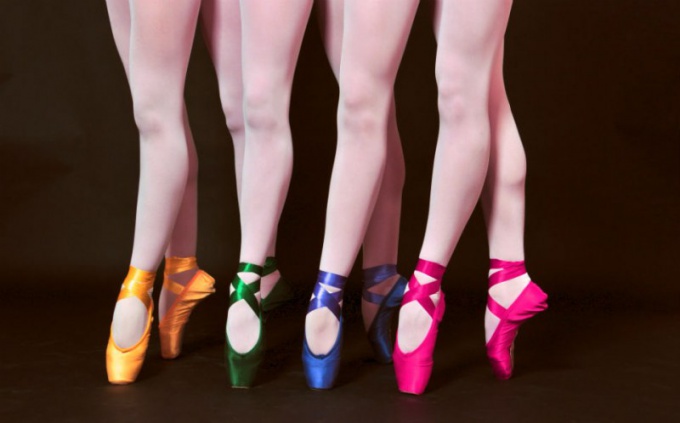Instruction
1
Before you come to a ballet Studio for adults or the choreography on their own should consult a doctor. Ballet exercises seriously load the joints and the spine, the threat of varicose veins, so you need to prevent the possible negative consequences of dancing.
2
In the ballet schools and ballet schools, students start to put on Pointe shoes until the end of the first year, and this despite the daily grueling workouts. Adult it will take even more time. First you need to get a good stretching of the body muscles and to develop the ability to keep balance. To do this, perform gymnastic exercises, and shallow squats and leg movement at the bench. First, holding on with two hands, then one, and finally without support.
3
To stand on Pointe, you need strong muscles of the legs and a well-developed arches. First and foremost is to develop calf muscles. You can start with fast walking and the rejection of the Elevator, then go to running and jumping. When your legs get stronger is to wear shoes with higher heels. One of each of the exercises performed on the ladder. You need to stand on a step so that the heel does not touch the surface, only fingers. In this position, slowly rise and fall - from 30 times and four approaches for lesson.
4
Stretching the foot is best done under the supervision of a professional. If we can do it ourselves, focusing on books and video tutorials, can damage the joint because the General recommendations do not take into account individual circumstances. For starters, you can just gently pull the fingers at anyone. To do this, the foot well heat up during a workout, then sit on the floor with your legs straight. The assistant may gently press on the arch of the foot before the appearance of discomfort (pain should not be). The knees should be straight. Then just gently pull the foot towards yourself.
5
More severe stress may only provide experienced teacher. He is able to determine when a person is ready to stand on Pointe for the first time.

